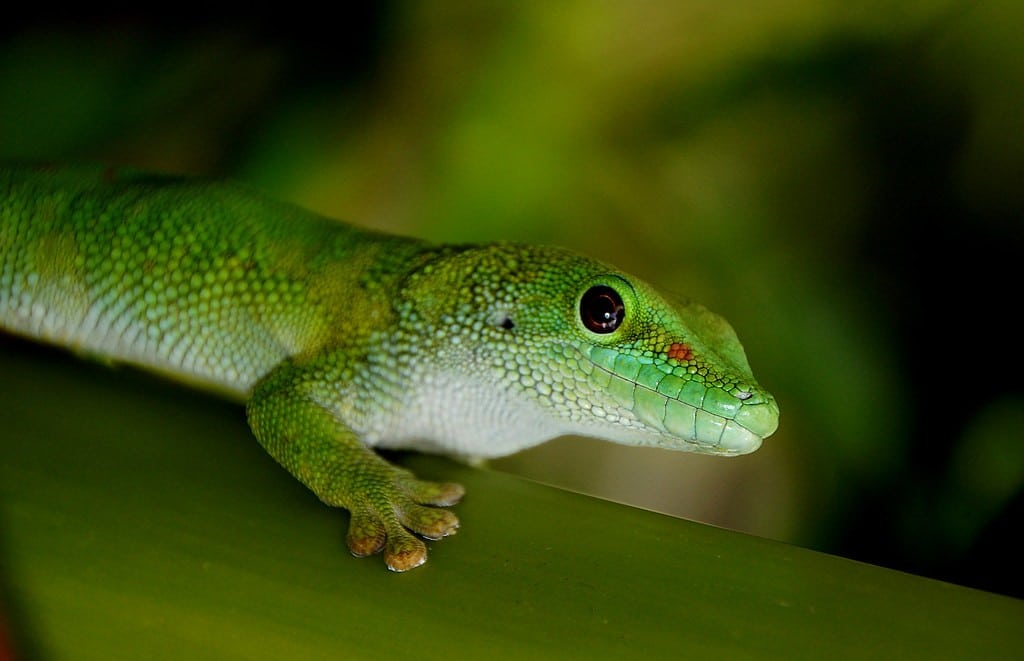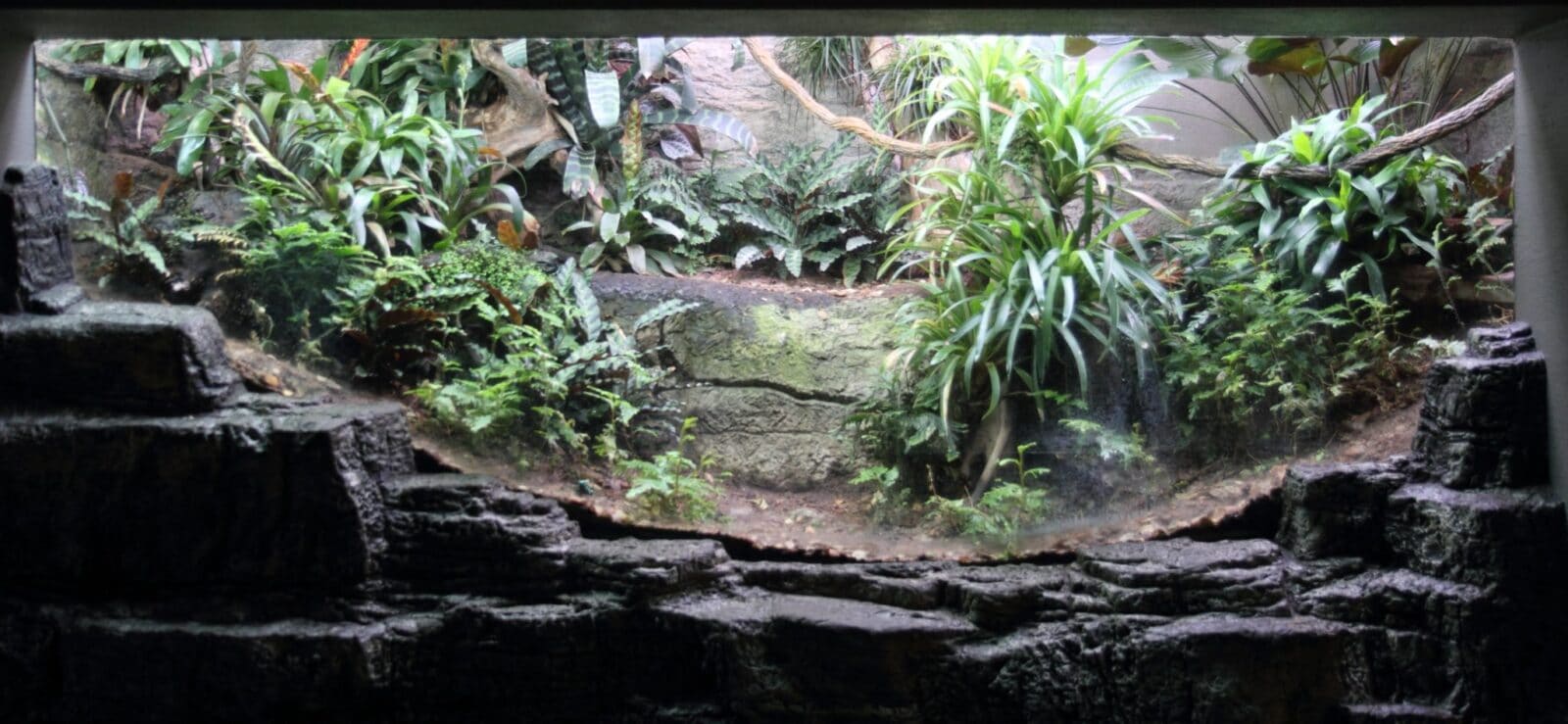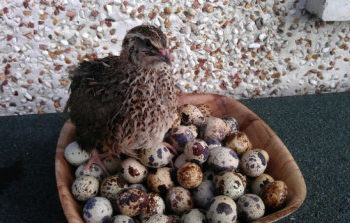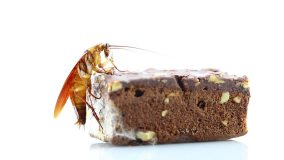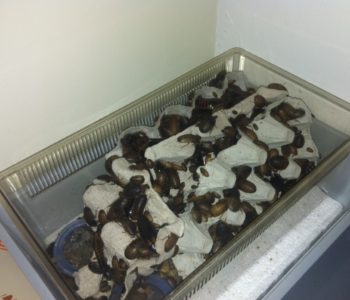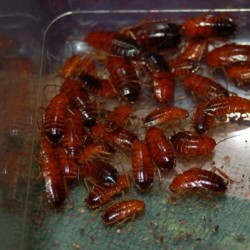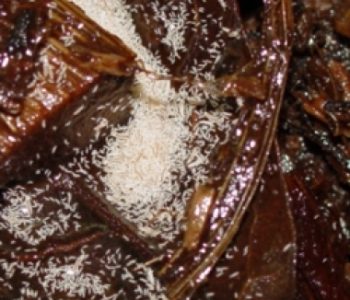 Cleaner Crews For Roaches & Bioactive Tanks
Cleaner Crews For Roaches & Bioactive Tanks
What Is A Bioactive Tank Setup
A Bioactive Tank Setup, Whether a Terrarium or Bioactive Vivarium Kit or any other enclosure is used to provide a Natural living settings for animals. This may include reptiles and amphibians like Dart Frogs, Tree Frogs, or Bioactive Tank for crested geckos. It may also include Insects, Small Invertebrates and Microorganisms Like Beneficial Bacteria,, Springtails, Isopods, Beetles and Millipedes. The latter are often referred to as Cleaner Crews.
Beneficial bacteria Premium, Mychorizae Like LIVE BUGZ with Springtails & Isopods are a key component of a Bioactive tank setup or Enclosure. These organisms and arthropods consume and break down All the waste products of the main species that you keep in your tanks.
These Cleaner Crews are selected based on their ability to live symbiotically with the inhabitants of the tank or enclosure. When the cleaner crews are specialized for the inhabitants of the tank, then all forms of life in your bioactive tank setup will live together in balance.
No More Cleaning – Try A Bioactive Tank For Crested Geckos
When all components of a Bioactive Tank Setup with Habitat are balanced, All waste products will be properly broken down. This job of breaking down waste is done by the cleaner crew. You may never (or only rarely) need to clean your Bioactive Tank Setup. All waste can be broken down and then turned into substrate. If plants are included in your vivarium, then the waste will be broken down and used as fertilizer. This will keep a cycle of Natural cleaning maintained.
Bioactive Tank Setup Construction Be Sure To Create Your Drainage Layer
How to make a bioactive terrarium for leopard gecko vivarium a bioactive masterpiece
A bioactive tank setup may be constructed of Glass, Wood, PVC or other materials. A lot of users will utilize old aquariums , terrariums or even storage tubs.
Inside your tank or enclosure you will use a substrate. The substrate will cover several inches of the bottom. The substrate will be a natural material to colonize, burrow and lay eggs in. There are several forms or variations of substrate that may be used depending on the intended species or inhabitants to be housed.
Premium substrates exist such as those designed for Tropical Habitats or more Temperate Habitats. You may want to create a water based habitat or one with water features. If using a water feature then a bioactive drainage layer will be necessary.
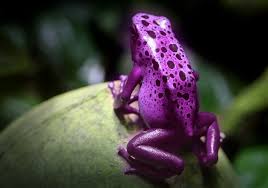
Including Bioactive terrarium layers to include Drainage in your bioactive tank setup Works to aerate the substrate. The drainage layer will prevent too much moisture from saturating your substrate. If substrate remains saturated with improper drainage the enclosure can go anaerobic. If your tank goes anaerobic this may contribute to the breakdown and decay of the animal and plant life inside.
For Drainage layer use a material long used in hydroponics Hydroton Clay Pellets will provide proper drainage for your bioactive tank setup. Hydroton is All natural and this organic material can separated with a screen. It may also be used underneath a false bottom
BUY BIOACTIVE CLEANER CREWS NOW.
When you buy springtails online, live springtails will be safely and quickly shipped to you. When you ask where to buy springtails locally there is no better choice than Insects By RRF. We specialize in springtails for bioactive setups. Springtails are tiny microfauna measuring 0.5-2 mm in length. Springtails dwell on top and right under the surface of your tank or enclosure’s Bioactive Substrate. Springtail Bioactive Cleaners consume any waste material that is in your enclosure. As a result, Putting Springtails in your Bioactive enclosure helps greatly.
Because they are so effective at eating waste, they are invaluable. Finally, Always Use Springtails to decompose any waste, shed skins, uneaten food and mold. They are releasing those nutrients back into the substrate. These excess nutrients are adding life giving nutrition to any plants that are planted in the enclosure. Your crested gecko bioactive setup will sparkle!
Springtails breed super quickly and can colonize an enclosure in a short few weeks. They prefer setups that have areas of high moisture, and thrive readily in tropical setups. Maintain cultures in dryer setups by using leaf litter, logs, water bowls and other items to create damp, hidden area
Keep Springtails Master Cultures
in plastic shoebox-sized containers. Any container can be used but make sure there is some airflow or ventilate the container and cover with a mesh screen to keep out gnats or other intruders. The substrate can be charcoal or coconut fiber or even a soil based substrate. Be sure to use dechlorinated or conditioned water to water them.
Feeding Springtails Cultures.
Many people will find that feeding, fish flakes, vegetable or fruit scraps, mushrooms or dogfood work verY well. Try to avoid many grain products as they may tend to harbor or attract mites which may decimate your culture. Stick with clean vegetation. In addition, If using grain make sure it has been treated (frozen or heated to lessen potential of mites or mite eggs.
A clean up crew finishing touches bioactive setup. get springtails bioactive cleaners
To sum it up, As natures cleaning crews Springtail Bioactive Cleaners are super effective at colonizing your enclosure and living symbiotically with any other inhabitants. Consequently, They are helping your bioactive enclosure. Finally, your enclosure will properly cycle. Therefore, usually nothing is needed other than to throw them in and let them do the work for you
When you setup your bioactive enclosure, Buy Isopods, Just Like Springtails, Work as a complement cleaner crew in your bioactive enclosure with their amazing abilities to maintain your naturalistic Bioactive setups, Where to buy springtails and Isopods as Bioactive Cleaners is the question Insects By RRF is the answer. Springtails and Isopods as effective cleaner crews for bioactive setups are the next step for many of our customers. Certainly, Dubia Roach Cleaner Crews Work in a similar way When You Buy Dubia Roach Colonies or setup Cricket Bins.
A Bioactive Isopod Culture should be prepared and then left alone for a month or so. Only feed and water the isopods as necessary. This will allow the colony to expand into a much larger viable colony. Once your colony has multiplied, you may use them as feeders. Another option is to use them to seed your tanks and vivariums in order to colonize them. You should always reserve some isopods in your “Master Culture”. Maintain the culture to use indefinitely or until you need to order more to replenish
Dwarf Isopods Are Exotics
Which have not managed to establish in the US. The reason for these dwarf species not being established in the US is probably as simple as “they can’t”. These species originate in the amphibian hobby as feeder bugs. Dwarf Whites, like Springtails, are an increasingly popular feeder species. The details of their anatomy are microscopic at first. Even the largest individuals barely reach 3mm. Purple Jungle Micropods is another name for Dwarf Purple Species, They reach 2mm at most. A bit larger though still considered “dwarf” are Dwarf Greys & Dwarf Striped Isopods
A Larger Bioactive Isopod Culture
like Armadilidum Vulgare (Common Roly Poly) and Skirted (Oniscus Asellus) are also available.. While the smaller dwarf species are common feeders for poison arrow dart frogs, other young froglets or lizards and geckos appreciate them as well. The larger species can be food for larger frogs and bearded dragons. In a pinch they are also accepted by young tarantulas and mantises, especially the softer-bodied isopods.
Unlike many other bugs, isopods mature before they reach their maximum or ultimate size. They are capable of producing offspring by the time they are half grown. Your Culture can easily balloon with minimal care. Keep their habitat relatively moist or humid. They enjoy having a piece of bark or even a paper towel roll. They will use these items to hide in during the day. As omnivores they will eat bits of fishfood, dog or cat food. You may also offer bits of fruit and vegetable, They can also subsist on simply dried leaves and mosses from your backyard.
Isopod Cultures Are Often Used As Effective Cleaner Crews
they are often employed for Roach & Insect Bins & Bioactive Tanks as they are effective decomposers. They will break down waste material within the tanks and vivariums. Many hobbyists, from tarantula keepers, to roach and stick-insect keepers stock their cages or enclosures with isopod Cultures as a Cleaner Crew. Isopods happily feed on frass (poop), leftover bits of feeder or prey insects. They will break down pretty much any waste material on or in the substrate. The effective Clean Up Crew should include these amazing arthropods.
Immediate Care and Handling
Please note
Some small species like Dwarf Whites are very small and very quick and can hide on the bottom of tiny pieces of wood or substrate. If your dwarf white isopods appear to be un-moving this is temporary and they may begin moving within a few minutes. If you cannot see your dwarf isopods, put them in a warm area with a small piece of fruit or fish flake and leave in the dark for 12 hours.
As soon as your cultures arrive, open the shipping container and prepare a habitat. You can use any available plastic container with a lid. Punch air holes in the lid. Next mist inside the container with room-temperature water. Place a cup or so of moist soil substrate in the bottom. Put a slice of raw potato or apple on the soil.
Empty the contents of the shipping container into the habitat. Leave in a darkened area for at least an hour. Most of the isopods should move down to the damp soil. Mist the inside of the container again and replace the lid.
Habitat Setup and Maintenance Bioactive Substrate
Put 4 to 5 cm of moist substrate Like Premium ABG Substrate or Tropical Floor in a terrarium. (No Need For a messy diy bioactive substrate.) Cover the surface, preferably with leaf litter or hardwood mulch. Do not use Pine or Cedar or mulch treated with chemicals. Cover to maintain humidity. You will find the schedule that is most suited to misting the enclosure to keep it humid. Mist on a regular basis and your isopods will be happy.
Direct sunlight may kill them. Therefore, place the terrarium in indirect light. Maintain at 68 to 72º F. Soil substrate should be damp, with decaying wood, leaves, or compost in the terrarium. Mist the habitat to keep the humidity up; if mold begins to grow, increase ventilation or reduce misting. Lastly, other than humidity, isopods need little care. Feed fish food flakes, leaf litter, and pieces of raw potatoes, apples, or carrots. Immediately remove moldy food.
FAQ’s
Our isopods disappeared. Where are they?
Isopods avoid light. They are probably under some leaf litter. They may likely be burrowed into the soil. Dwarf species, especially Grey variety are very quick and disappear quickly. Leave raw potato or apple on the soil overnight. Gently lift it and you will probably find them underneath. You are more likely to observe the isopods if you keep the terrarium in a dimly lit area.
In our terrarium, we are seeing lots of tiny bugs that look a bit like small pill bugs. What are they?
You have provided a good habitat for the isopods and they are reproducing. The young resemble the adults. They will be a smaller size and paler color. They will molt 4 to 5 times as they grow.
Buy Isopod Culture As a Cleaner Crew For Roach, Cricket, Reptile,Insects Bins & Bioactive Enclosures or As Feeders
Additional Cleaner Crew Resources
